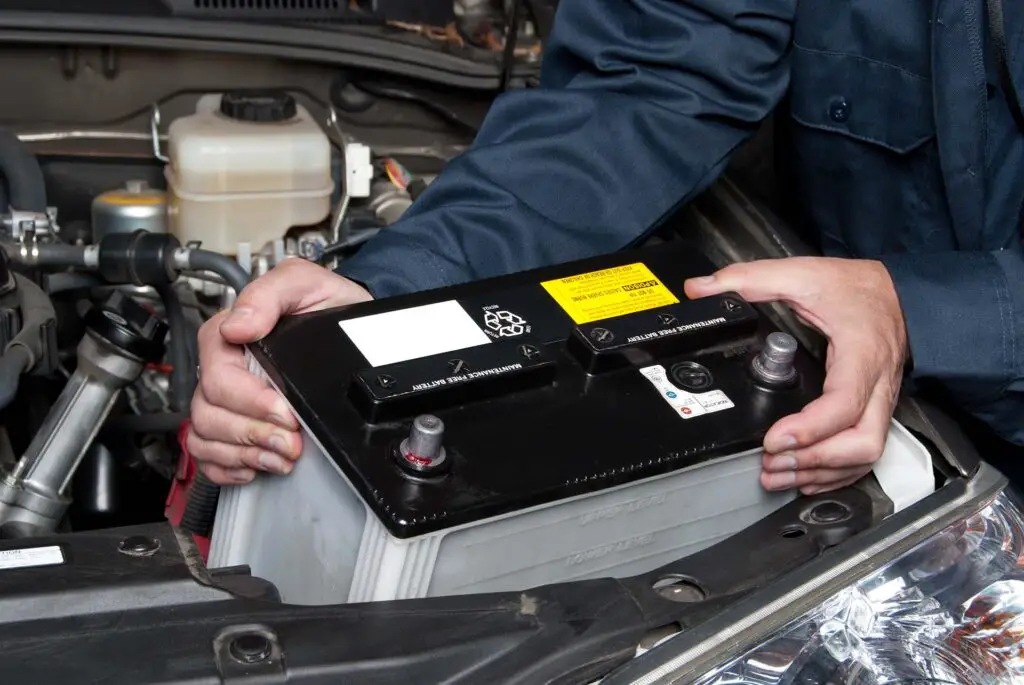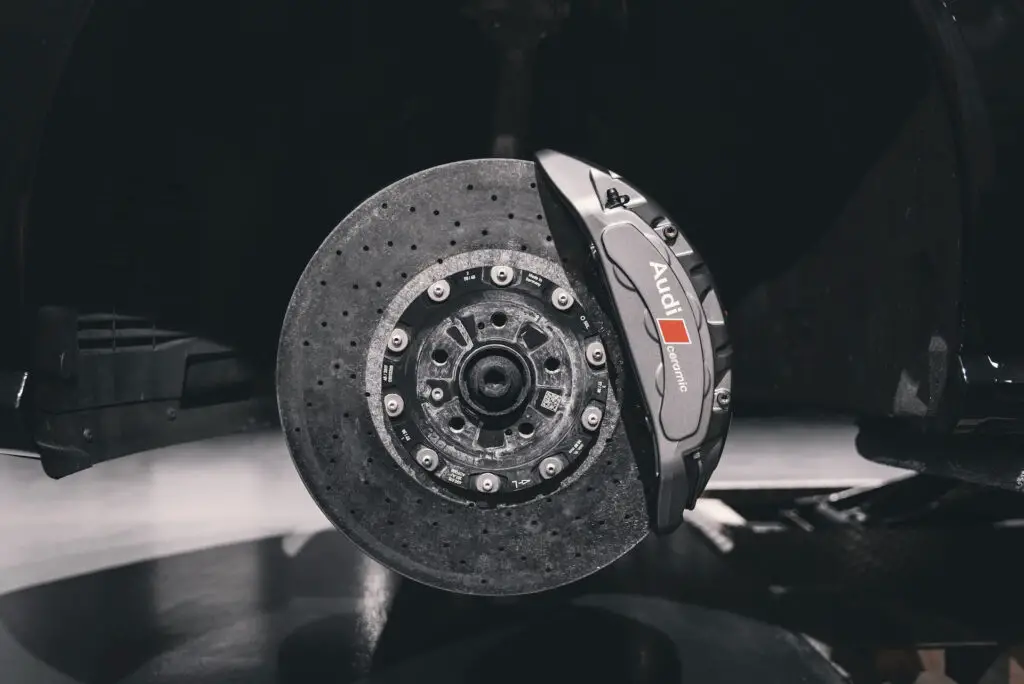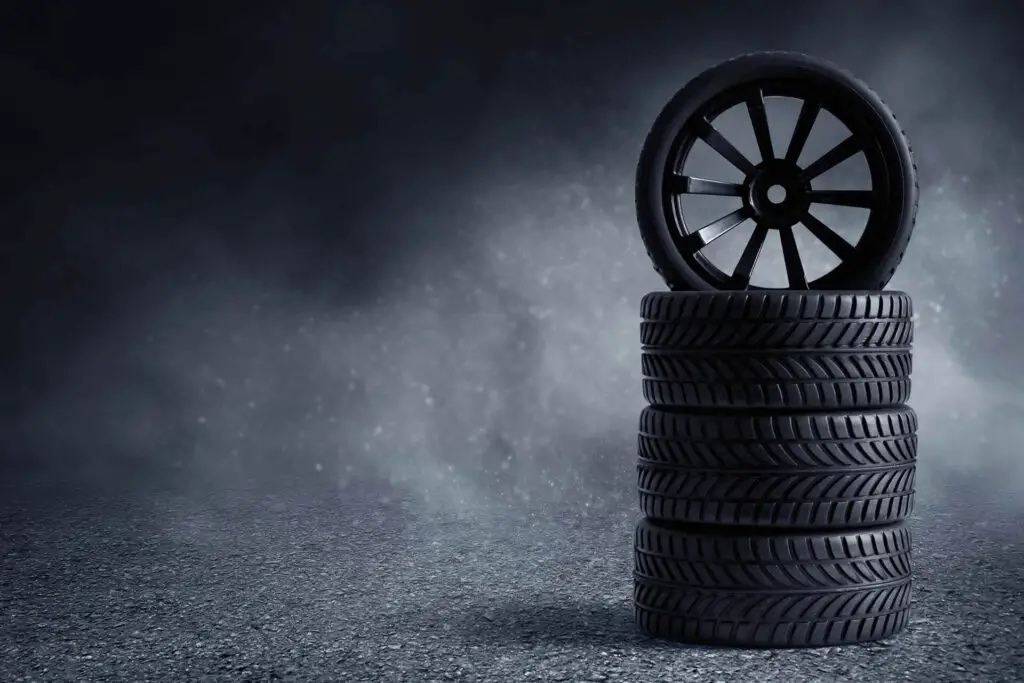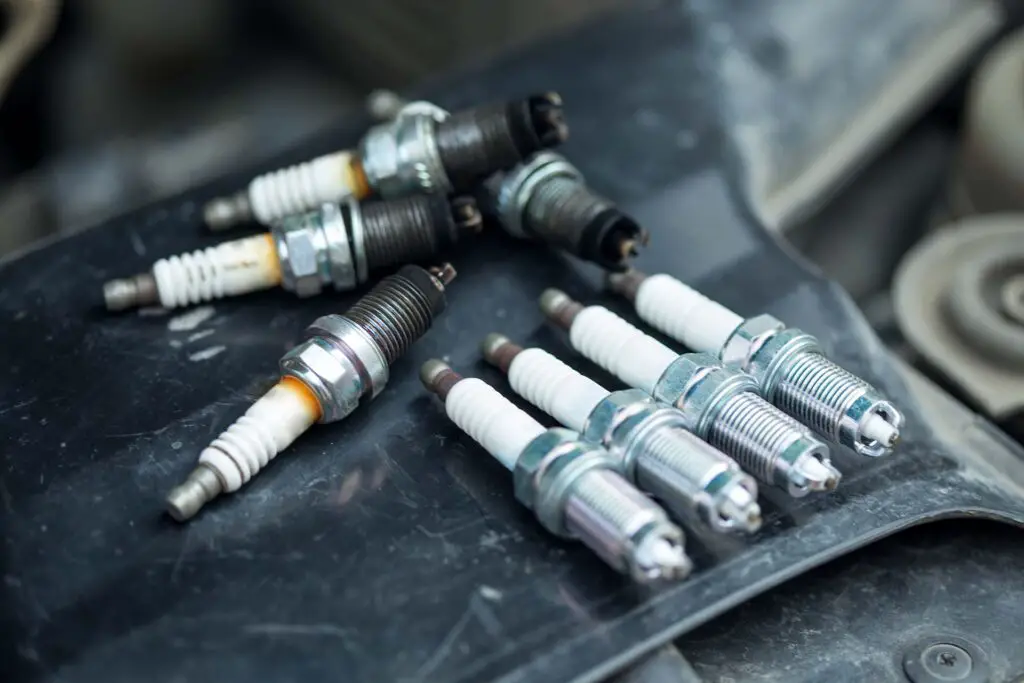When it comes to cars, it’s no secret that certain parts need to be switched over time – but do you know which are the most common car parts that need replacing? In this comprehensive guide, I’ll go over the most frequently replaced vehicle components and how you can spot when each of them is in dire need of some maintenance.
The Battery Is One of the Most Common Car Parts That Need Replacing
Cars are complex machines made up of numerous interconnected parts that work together to ensure smooth and safe driving, no matter if you’re cruising down the famous routes in the USA or taking it for off-road driving adventures. However, as four-wheelers age, their parts begin to wear down, and some of them require more frequent maintenance and replacement than others.
You’ve probably wondered before – What are the most commonly replaced car parts? Well, one of the first components that come to mind is the car battery, as its ability to hold a charge diminishes over time. Extreme weather conditions, electrical issues, frequent short trips, and leaving the lights on can contribute to battery failure. Typically, it lasts between three to five years, but it’s advisable to have it checked regularly to ensure optimal performance.
Signs That Your Car Battery Needs Replacing
Here are the most common signs it’s time to dispose of your old car battery and replace it with a new one:
- Slow cranking,
- Difficulty starting the engine,
- Dim headlights and interior lights,
- Electrical problems with other components,
- Swollen or corroded battery.
How to Replace a Car Battery
Replacing the battery is a relatively simple process that can be done with a few basic tools. It’s important to turn off the engine and all electrical systems before you start removing the black (negative) cable from the battery terminal, followed by the red (positive) cable. Then, loosen and remove any bolts or brackets that are holding the battery in place and carefully lift it out of the tray.
Before installing the new component, it’s essential to clean the battery tray and terminal connections with a wire brush or battery cleaner. The reinstallation process is basically the removal in reverse – first, secure the battery in place, then reconnect the red cable, followed by the black cable.
Tips for Prolonging the Life of Your Car Battery
Regular maintenance and care can go a long way in extending the life of your vehicle’s battery. One of the easiest things you can do is to make sure the terminals and cable connections are clean and free of corrosion, as well as avoid leaving the lights and other electrical systems running when the engine is off.
It’s also a good idea to park your four-wheeler in a garage during extreme weather conditions, as it will protect the battery from excessive heat or cold. If you’re not planning to drive your vehicle for an extended period, it would be best to disconnect the battery and store it in a cool, dry place. Simple things such as these won’t take much time out of your day but can help ensure that the battery lasts as long as possible.

Brakes Are Some of the Most Replaced Car Parts
Brakes are one of the most important safety features of any vehicle, and they are constantly exposed to wear and tear as they work to slow down and stop the car. As a result, brakes last anywhere between 20,000 and 70,000 miles and need to be replaced regularly. If left unchecked, worn brake pads can not only affect the braking performance but can also cause further damage to the rotor, resulting in costly repairs.
Before I get into the ins and outs of brake replacement and maintenance, here are the pros and cons of three main types of brake pads to help you figure out the best choice for your four-wheeler:
| Brake Pad Type | Pros | Cons |
| Semi-Metallic or Metallic | Great braking response and longevity | Isn’t efficient in extreme cold weather conditions |
| Non-Metallic or Organic | The best option for driving in dry conditions | Lowest lifespan out of the three types |
| Carbon-Ceramic | Effective braking response and extended longevity | The most expensive option |
Signs That Your Brakes Need Replacing
Here are the most common symptoms that indicate your brakes are due for replacement:
- Squeaking or grinding noise when using the brakes,
- Soft or spongy brake pedal,
- Vibrations or pulsations when braking.
How to Replace Brake Pads and Rotors
While it might seem intimidating, replacing brake pads and rotors is a common maintenance task that is fairly straightforward when you have the right tools and knowledge. It’s done by loosening the bolts in order to remove the wheels, the brake caliper, and the rotor and replacing the parts that need it.
Once all of these parts are removed, it’s time to replace the pads with a new high-quality pair. I personally recommend the Wagner Brake OEX1521 Disc Brake Pad Premium Ceramic Set, as they are a very durable and high-performing replacement. Compared to other options, they might be on the pricier side, but they’ll definitely save you money in the long run, as they’ll last you longer. To install them, simply reverse the process, and make sure to follow the manufacturer’s instructions carefully.
Tips for Maintaining Your Brakes to Prevent Premature Wear
Excessive braking is unavoidable if you’re living in one of the cities with the worst drivers. However, avoiding it as much as you can is essential for prolonging the lifespan of your brake pads. Additionally, it’s a good idea to avoid driving with a heavy load, as this can put extra strain on the brakes.
Possibly the most important thing concerning the maintenance of your braking system is regularly checking the brake fluid level and replacing it as needed. If you take the extra step to take care of your brake pads, they’ll definitely pay you back and serve you well for years to come.

Tires Are Some of the Most Common Car Parts to Replace
Like the brakes, tires are an essential part of any vehicle, as they provide the necessary contact with the road to ensure safe and efficient driving. Of course, over time, tires tend to wear down and lose their traction and effectiveness, which is why they are one of the most frequently changed vehicle components.
I’m not talking about changing a flat tire or switching between summer and winter tires here – I’m talking about them wearing out as a result of your driving habits, as well as road and weather conditions. So, let’s take a look at when to switch up, how to get the right tires for your four-wheeler, and how to ensure they last a long time for optimal performance.
Signs That Your Tires Need Replacing
Here are the most common signs telling you that you should replace the tires on your vehicle:
- Significant tread wear,
- Uneven tear on your tires,
- Cracks or bulges on the sidewalls of the tire,
- Vibrations or shaking while driving.
How to Choose the Right Tires for Your Car
The first step in selecting the right tires is to check your vehicle’s owner’s manual for the recommended size and type. You should also consider your driving habits and the typical weather and road conditions you’ll encounter.
For example, if you live in an area with heavy snow and ice and you’re looking for the best winter tires for an SUV, I’d recommend the Bridgestone Blizzak DM-V2 Winter/Snow SUV tire. The NanoPro Tech Multicell compound rubber used for these tires works great in all winter conditions and will last you for a long time. Conversely, if you live in a warm climate with little rain, all-season tires would be the way to go.
Tips for Maintaining Your Tires for Optimal Performance and Safety
One of the best ways to keep your tires in good condition is to regularly check their air pressure, as underinflated or overinflated tires can cause uneven wear and reduce fuel efficiency. You should also rotate your tires regularly to promote even wear and extend their lifespan. On top of that, having a tire repair kit by your side at all times and avoiding overloading your vehicle can go a long way.

The Alternator and Starter Also Need Replacing From Time to Time
While the alternator and starter are important components in a vehicle’s electrical system, they actually don’t need to be replaced that often. That’s because these components are built to last for a long time. With proper maintenance and care, they can often last for the life of the vehicle and won’t add anything to the ownership costs.
Signs That Your Alternator or Starter Needs Replacing
If you’ve got a used vehicle, one with a salvage title, or you’ve simply not kept up to date with maintenance, it might be necessary to replace your alternator at some point. Here are the most common signs which indicate that it’s time for replacement:
- Warning light on the dashboard,
- Dimming or flickering lights,
- Electrical issues,
- Clicking sound when the engine starts,
- Grinding noise,
- Burning smell.
How to Replace an Alternator or Starter
Replacing an alternator or starter is a complex process, so it’s best to skip the DIY attempt and go straight for a qualified mechanic that has the necessary tools and expertise. They will locate the alternator or starter in the engine bay, remove the old one, and replace it with a new one, all while keeping the wiring and electrical connections in order.
Tips for Preventing Alternator or Starter Failure
One of the best ways to prevent alternator or starter failure is to regularly maintain your vehicle’s electrical system. This includes checking the battery’s charge and fluid levels, as well as keeping the battery terminals clean and corrosion-free. Additionally, regular maintenance and inspections can help identify any potential issues with the alternator or starter before they become major problems.

Spark Plugs and Filters Should Be Replaced More Often Than You Might Think
When it comes to the vehicle’s engine, one of the most essential parts that impact its performance and fuel efficiency are spark plugs. While they don’t need to be replaced as often as other parts, they still require regular maintenance and replacement at one point or another. Typically, they last somewhere between 30,000 and 100,000 miles, depending on their type and quality.
Signs That Your Spark Plugs or Filters Need Replacing
There are numerous ways to tell your spark plug is bad and needs a replacement:
- Corrosion,
- Cracks,
- Worn electrodes,
- Engine misfires,
- Rough idling,
- Reduced acceleration,
- Reduced fuel efficiency.
How to Replace Spark Plugs, Air Filters, and Oil Filters
Maintaining your engine’s performance includes not only replacing spark plugs when necessary but also taking care of the air and oil filters. Replacing these components is fairly straightforward and includes basic tools such as socket or oil filter wrenches. It should be done by following the manufacturer’s guidelines for installation, and if you’re replacing the oil filter, it’s essential to drain the oil from the engine before replacing it.
Tips for Prolonging the Life of Your Spark Plugs and Filters
One of the best ways to extend the lifespan of your spark plugs and filters is to follow the manufacturer’s recommended maintenance schedule and replace them at regular intervals. Avoiding harsh driving habits, as well as regularly cleaning the filters, can also greatly prolong the life of these components.

Keep Your Car Running With Regular Maintenance
All in all, if you’re a car enthusiast looking to keep your favorite ride in top shape, these essential car parts are all worth paying attention to. Whether you’re replacing worn-out components yourself or getting help from an experienced mechanic, making sure all of these key parts remain functional is essential for safe, reliable driving. As with any maintenance, the sooner you detect and fix an issue, the less costly and time-consuming the repair process will be – so why not get started today?








